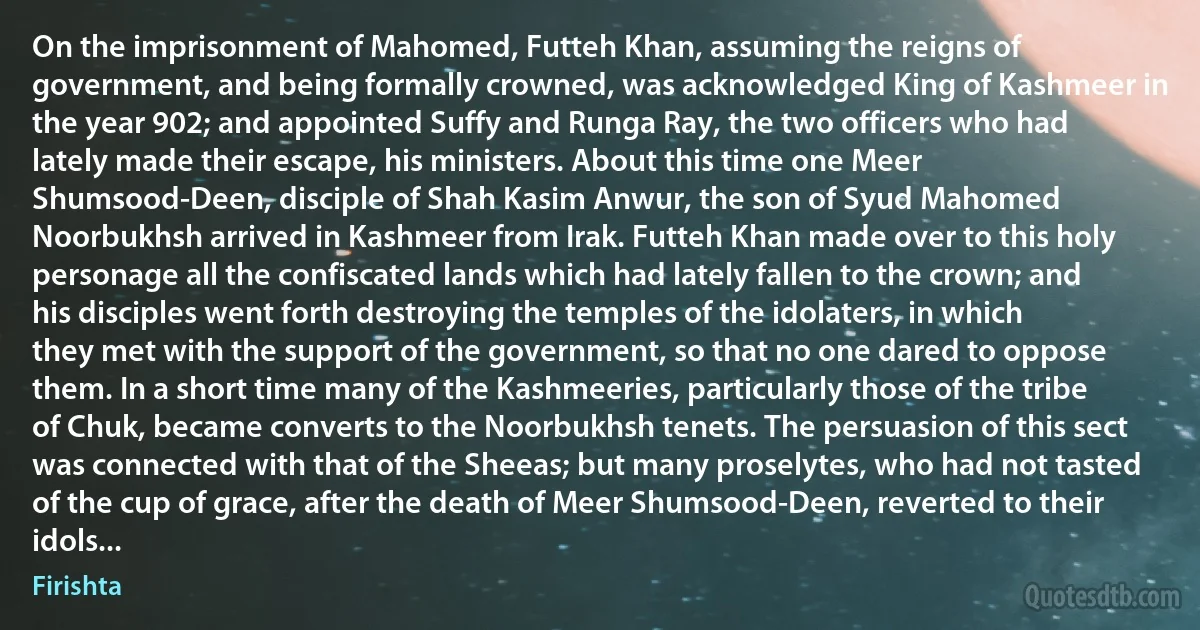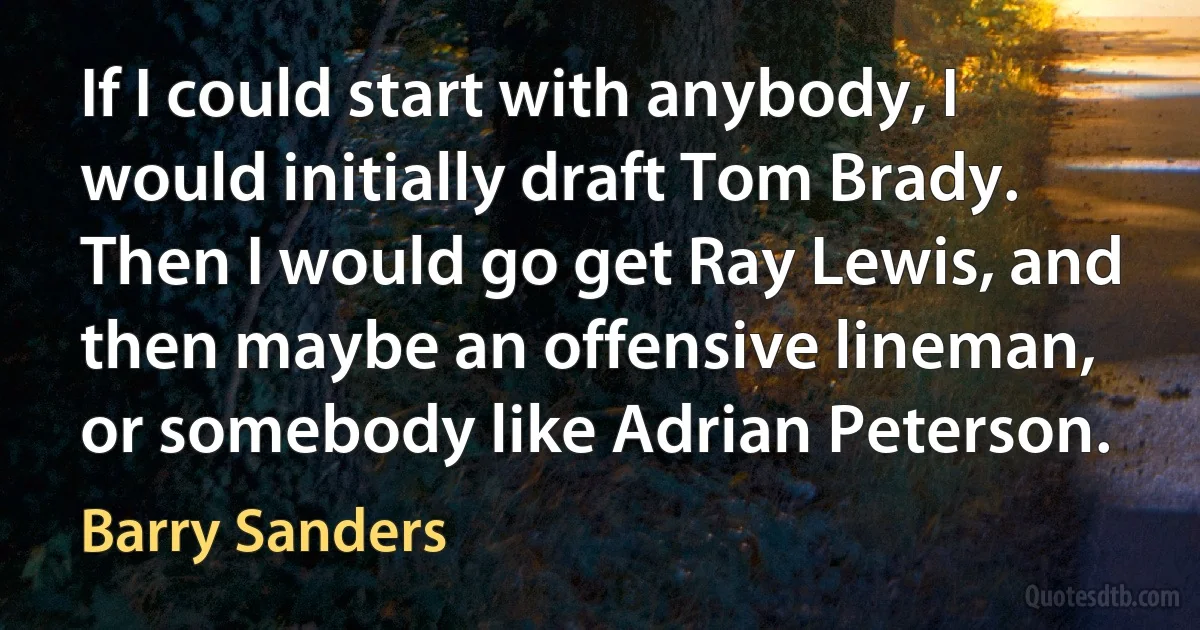Ray Quotes - page 7
Well, for me, I was able to make that statement of faith early on when my career began, so there weren't really a lot of surprises. People around me knew where my husband Ray and I stood as far as my faith went. When you establish that early on in your career it makes it so much easier than trying to re-invent it or having to restate your faith each new opportunity that comes ahead.

Jodi Benson
I just felt like God picked me up in his arms [and said], 'Johnnie Ray, I love you', and kissed me. I'm very humble and grateful for this elevation to the big time. But we all have to come down, and it won't leave me with a complex if I do. I know this thing might go over like a lead balloon, but I can always go back to that movie extra deal.

Johnnie Ray
As collage technique replaced oil paint, the cathode ray tube will replace the canvas. Someday artists will work with capacitors, resistors, and semiconductors as they work today with brushes, violins and junk. There are 4,000,000 dots per second on one television screen, just think of the variety of images you can get. It's so cool. It's like going to the moon.

Nam June Paik
...In the following year AH 804 (AD 1402), he marched to Somnat, and after a bloody action, in which the Mahomedans were victorious, the Ray fled to Diu. Moozuffur Shah having arrived before Diu laid siege to it, but it opened its gates without offering resistance. The garrison was, however, nearly all cut to pieces, while the Ray, with the rest of the members of his court, were trod to death by elephants. One large temple in the town was razed to the ground, and a mosque built on its site; after which, leaving his own troops in the place, Moozuffur Shah returned to Puttun.

Firishta
Mahomed Ghoory, in the mean time returning from Ghizny, marched towards Kunowj, and engaged Jye-chund Ray, the Prince of Kunowj and Benares' This prince led his forces into the field, between Chundwar and Etawa, where he sustained a signal defeat from the vanguard of the Ghiznevide army, led by Kootbood-Deen Eibuk, and lost the whole of his baggage and elephants' He marched from thence to Benares, where, having broken the idols in above 1000 temples, he purified and consecrated the latter to the worship of the true God...'Mahomed Ghoory, following with the body of the army into the city of Benares, took possession of the country as far as the boundaries of Bengal, without opposition, and having destroyed all the idols, loaded four thousand camels with spoils.

Muhammad of Ghor
Modern philosophy, an element due to which the surrounding reality and even the psychology of people are changing. The first ray of light in the kingdom of darkness was the Internet, after a smartphone was proved that a small device the size of a palm can completely replace the TV and computer. All people in the older generation remained alive in television manipulations, not wanting to join in the innovations. 50 years ago, smartphones and the Internet were just sketches of dreamers, as 200 years ago dreamers dreamed of flying ships, which we now call planes, but dreams became reality and now a new dreamer with a Japanese name plans to destroy the main pillar of the monopoly of world-owned corporations by creating an alternative currency .

Maxim Mernes
"...Ally Adil Shah, at the persuasions of his minister, carried his arms against Bunkapoor. This place was the principal residence of Velapa Ray, who had been originally a principal attendant of Ramraj; after whose death he assumed independence... "...Velapa Ray, despairing of relief, at length sent offers for surrendering the fort to the King, on condition of being allowed to march away with his family and effects, which Ally Adil Shah thought proper to grant, and the place was evacuated accordingly. The King ordered a superb temple within it to be destroyed, and he himself laid the first stone of a mosque, which was built on the foundation, offering up prayers for his victory. Moostufa Khan acquired great credit for his conduct, and was honoured with a royal dress, and had many towns and districts of the conquered country conferred upon him in jageer...245.

Firishta
...On the return of Moozuffur Khan to Guzerat, he learnt that in the western Puttun district the Ray of Jehrend, an idolater, refused allegiance to the Mahomedan authority. To this place Moozuffur Khan accordingly marched, and exacted tribute. He then proceeded to Somnat, where having destroyed all the Hindoo temples which he found standing, he built mosques in their stead; and leaving learned men for the propagation of the faith, and his own officers to govern the country, returned to Puttun in the year AH 798 (AD 1395).

Firishta
...Sooltan Mahmood now attacked one of the forts in the Koombulmere district, defended by Beny Ray, the deputy of Rana Koombho of Chittor. In front of the gateway was a large temple which commanded the lower works. This building was strongly fortified, and employed by the enemy as a magazine. Sooltan Mahmood, aware of its importance, determined to take possession of it at all hazards; and having stormed it in person, carried it, but not without heavy loss; after which, the fort fell into his hands, and many Rajpoots were put to death. The temple was now filled with wood, and being set on fire, cold water was thrown on the, stone images, which causing them to break, the pieces were given to the butchers of the camp, in order to be used as weights in selling meat. One large figure in particular, representing a ram, and formed of solid marble, being consumed, the Rajpoots were compelled to eat the calcined parts with pan, in order that it might be said that they were made to eat their gods...

Firishta
The King, hearing of this disaster, instantly marched towards Idur. On reaching Mahrasa he caused the whole of the Idur district to be laid waste. Bheem Ray took refuge in the Beesulnuggur mountains; but the garrison of Idur, consisting of only ten Rajpoots, defended it against the whole of the King's army with obstinacy; they were, however, eventually put to death on the capture of the place; and the temples, palaces, and garden houses, were levelled with the dust...

Firishta
Fashion drawing teacher: 'Yes, drawing is a difficult art. One has to have some talent for it - and unfortunately you haven't.
Charlotte: 'No, I refuse to stay here with this stupid old cow, where through the dirty window even the sun's bright ray can only dimly play... Only he who dares can win. Only he who dares can begin.

Charlotte Salomon
Mujahid Shah, on this occasion, repaired mosques which had been built by the officers of Alla-ood-Deen Khiljy. He broke down many temples of the idolaters, and laid waste the country; after which he hastened to Beejanuggur... The King drove them before him, and gained the bank of a piece of water, which alone divided him from the citadel, where in the Ray resided. Near this spot was an eminence, on which stood a temple, covered with plates of gold and silver, set with jewels: it was much venerated by the Hindoos, and called, in the language of the country, Puttuk. The King, considering its destruction a religious obligation ascended the hill, and having razed the edifice, became possessed of the precious metals and jewels therein.

Firishta



